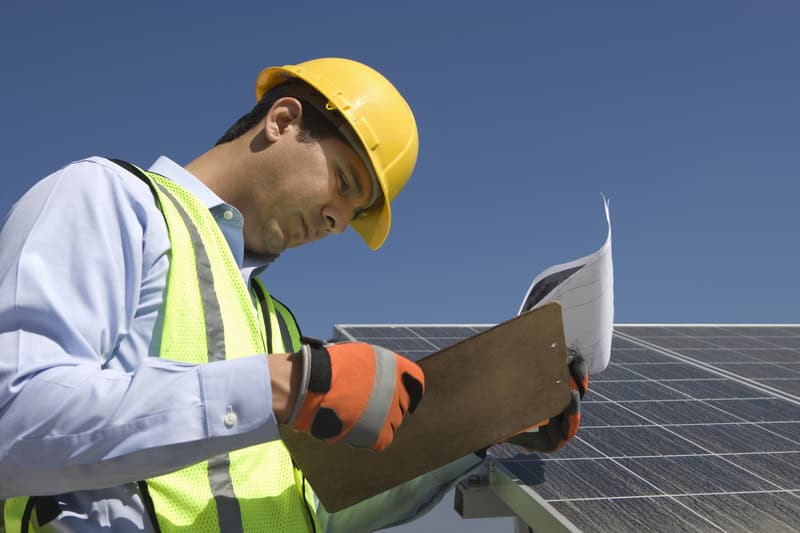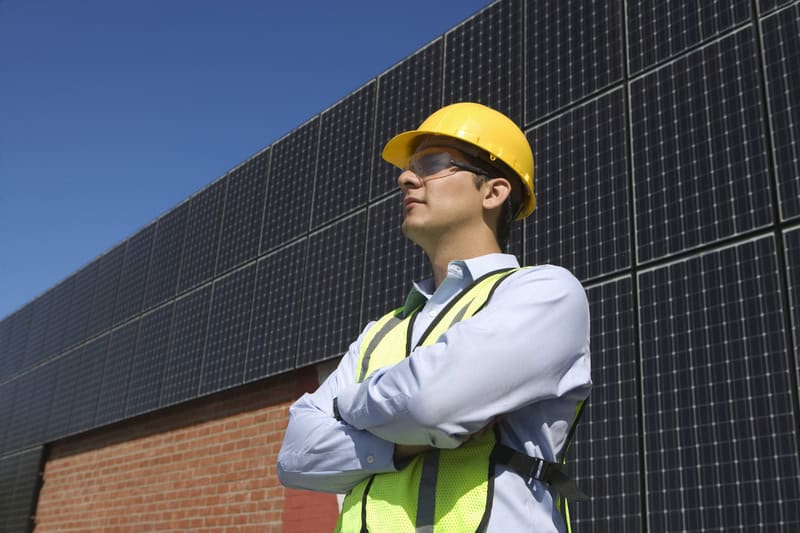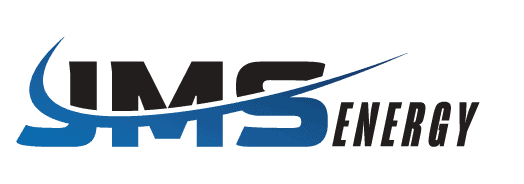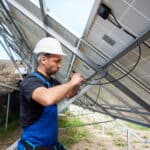
Table of Contents
As the solar energy industry continues to evolve at a rapid pace, solar farm owners and operators must stay ahead of emerging technologies, system wear-and-tear, and performance optimization strategies. In 2025, Solar System Repairs and Upgrades will be more important than ever — not just to maintain your investment but also to harness the latest innovations for greater efficiency and long-term value.
In this comprehensive guide, JMS Energy breaks down the most critical Solar System Repairs and Upgrades to expect in 2025 — and how to strategically plan for them.
1. Why Solar System Repairs and Upgrades Matter
Solar farms are long-term infrastructure assets expected to operate for 25+ years. However, without proper repairs and upgrades, systems can suffer:
- Energy production losses
- Unexpected downtime
- Costly emergency maintenance
- Voided warranties
- Non-compliance with new regulations
Solar System Repairs and Upgrades ensure that solar farms:
- Operate efficiently year-round
- Maximize return on investment (ROI)
- Stay competitive in the energy marketplace
- Meet evolving grid standards and energy codes
JMS Energy positions itself as a trusted partner in helping solar farm owners stay ahead of repair and upgrade needs.
2. Common Solar System Repairs to Watch For in 2025
A. Solar Panel Repairs
Even the most durable panels are susceptible to:
- Cracks or delamination
- Hot spots due to shading or debris
- Cell corrosion from weather exposure
- Soiling and dirt buildup
- Frame warping
JMS Energy provides thorough inspections and replacement services for damaged or underperforming modules.
B. Inverter Repairs
Inverters remain the most failure-prone component of solar farms. Watch for:
- Fault codes or shutdown alerts
- Overheating due to dust or poor ventilation
- Capacitor or fan failure
- Software glitches
Routine inverter servicing extends lifespan and avoids energy production losses.
C. Cabling and Electrical Repairs
Cables may require repair or replacement due to:
- UV degradation
- Rodent damage
- Moisture ingress
- Grounding or insulation issues
JMS technicians perform thermal imaging and continuity testing to catch these early.
D. Tracker System Repairs
Solar tracking systems require periodic repair for:
- Motor malfunctions
- Alignment errors
- Gear and bearing wear
- Software or calibration issues
Keeping trackers operational ensures maximum sun exposure throughout the day.
3. Solar Upgrades Driving Innovation in 2025
A. Smart Inverter Upgrades
Smart inverters with advanced grid-support features are becoming standard in 2025. Benefits include:
- Voltage regulation
- Reactive power control
- Grid support services
- Enhanced remote monitoring
Upgrading older inverters ensures compliance and grid readiness.
B. Bifacial Panel Integration
Bifacial solar panels capture light from both sides, increasing energy output by 10-30%. JMS Energy evaluates existing racking and system design for bifacial compatibility.
C. Energy Storage System (ESS) Additions
Battery storage is no longer optional. Upgrades include:
- Lithium-ion battery banks
- Energy management software
- Backup power capabilities
ESS integration enhances project profitability through energy arbitrage and grid services.
4. Signs Your Solar System Needs Repairs
Key indicators that your system may require repairs include:
| Warning Sign | Possible Issue |
|---|---|
| Sudden drop in energy output | Module failure, inverter fault |
| Frequent inverter alarms | Hardware malfunction or wiring issue |
| Physical damage or discoloration on panels | Weather-related damage |
| High transformer temperature readings | Cooling system failure |
| Tracker misalignment or erratic movement | Motor or sensor failure |
5. The Role of Preventative Maintenance
Regular preventative maintenance is the first line of defense against costly repairs. JMS Energy provides:
- Quarterly or bi-annual inspections
- Module cleaning and IV curve tracing
- Inverter firmware updates
- Tracker system recalibration
- Vegetation control
Proactive care reduces unplanned repair costs and system downtime.
6. JMS Energy’s Approach to Repairs & Upgrades
JMS Energy delivers industry-leading Solar System Repairs and Upgrades services with:
- NABCEP-certified technicians
- State-of-the-art diagnostic tools
- Rapid-response repair teams
- Real-time reporting and customer communication
- Custom upgrade roadmaps for long-term optimization
Their commitment is not just to fix issues—but to future-proof your solar assets.
7. Regulatory Compliance Upgrades
In 2025, expect more stringent compliance standards, including:
- IEEE 1547-2018 grid interconnection standards
- Cybersecurity protocols for SCADA systems
- Environmental impact reporting
- NERC and FERC operational standards
JMS Energy provides compliance upgrades to ensure your solar farm meets current and future regulatory demands.
8. Future-Proofing Your Solar Investment
Strategically planning for repairs and upgrades ensures:
- Reduced lifecycle costs
- Increased project bankability
- Higher PPA (Power Purchase Agreement) value
- Alignment with evolving energy market demands
JMS Energy offers long-term asset management plans customized for your site.
9. Solar Technology Trends in 2025
Stay informed about emerging tech trends:
- AI-driven performance analytics
- Self-cleaning panel coatings
- Robotic O&M solutions
- Modular energy storage expansions
- Advanced microgrid integration
Being proactive about repairs and upgrades positions your solar farm at the forefront of renewable energy innovation.
Frequently Asked Questions (FAQs)
Q1: How often should I schedule solar system repairs and upgrades?
A1: Preventative maintenance should occur 2-4 times per year, while upgrades should be evaluated every 3-5 years depending on technology advancements.
Q2: Are solar upgrades eligible for tax credits or incentives?
A2: Yes, certain upgrades like energy storage or smart inverters may qualify for federal or state incentives.
Q3: Can JMS Energy handle emergency solar repairs?
A3: Absolutely. JMS Energy provides 24/7 emergency repair services across the U.S.
Q4: How do I know if bifacial panels are right for my system?
A4: JMS Energy conducts site assessments to determine if your system’s orientation, albedo, and racking are suitable for bifacial technology.
Q5: Are software upgrades necessary for older solar farms?
A5: Yes, software upgrades for inverters, SCADA systems, and energy management platforms are essential for security and performance.
Q6: How does JMS Energy price repair and upgrade services?
A6: Pricing depends on system size, location, component needs, and service scope. JMS Energy offers customized quotes after a site assessment.
Conclusion: Stay Ahead with JMS Energy’s Solar System Repairs and Upgrades

In 2025, the success of your solar farm won’t just depend on how well it was built—but how well it’s maintained, repaired, and upgraded over time. JMS Energy stands ready to provide industry-leading Solar System Repairs and Upgrades that optimize performance, extend lifespan, and keep your renewable energy investment powering forward.
Don’t wait for system failures—plan your repairs and upgrades today by contacting JMS Energy.





